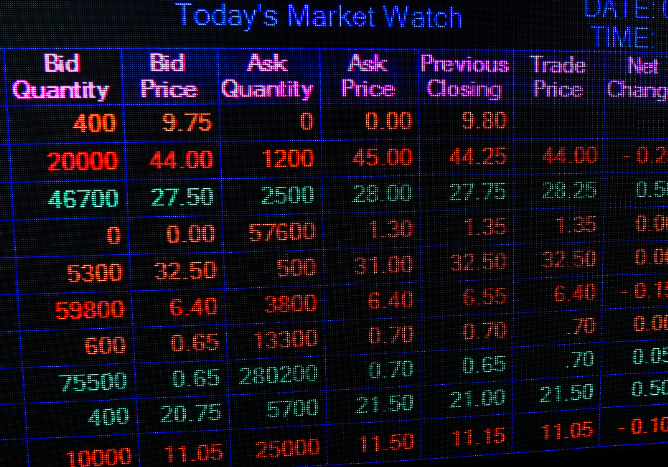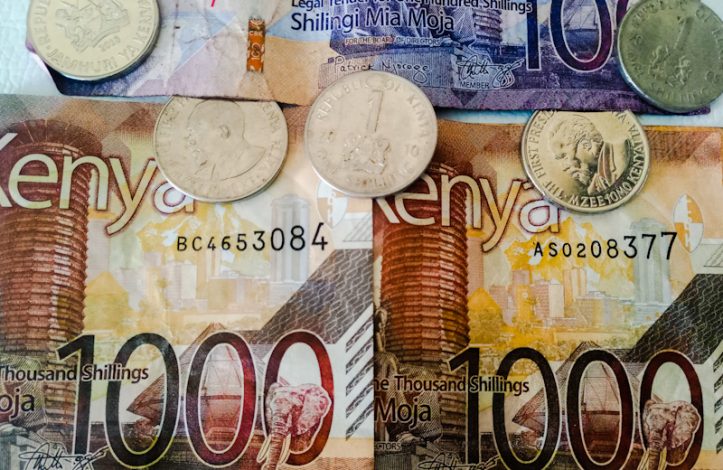The Kenyan Shilling on weakened marginally against major international and regional currencies during the week, despite a strong rally in financial markets.
According to the Central Bank, it exchanged at KSh 108.56 per US dollar on August 20, compared to KSh 108.39 per US dollar on August 13.
On Wednesday, the currency traded at Ksh 108.57 its lowest level during the week due to high dollar demand from importers following the re-opening of economies around the world along with high liquidity in the interbank market.
“The money market remained liquid during the week ending August 20, supported by government payments, which offset tax receipts. Commercial banks’ excess reserves stood at KSh 14.2 billion in relation to the 4.25 percent cash reserves requirement (CRR),” the CBK said in its Weekly Bulletin.
Experts from NCBA Bank Research observe that the resurgent pressure on the exchange rate may limit the scope for further easing.
“The shilling has depreciated by 7.0 percent against the US dollar thus far in 2020 to record lows of above 108.00 and may weaken further as demand picks up among corporates, banks, and the regulator.
Greater uncertainty and increased debt service obligations have compelled the CBK to sustain a high level of reserves. Sustained depreciation of the shilling may have a negative feed through to inflation and the overall public debt position,” according to NCBA Monthly Economic Report – August 2020.
The National Treasury is expected to offset payments worth Ksh.12.3 billion in August including Ksh.9.1 billion in interest.

On the equities market, the NASI and NSE 25 share price index increased by 1.4 percent and 2.8 percent, respectively during the week ending August 20.
The bourse’s Market capitalization, equity turnover, and shares traded increased by 1.4 percent, 6.3 percent, and 46.3 percent, respectively.
The banking sector dominated the week’s trading activities with shares worth KSh996 million being traded, which accounted for 50.81 percent of the week’s traded value.
The NASI performance was driven by gains recorded by large-cap stocks, with the highest gains being recorded in Equity Group, KCB and ABSA, which gained by 14.6 percent, 10.1 percent, and 7.9 percent, respectively.
The gains were however, weighed down by declines recorded by Bamburi and NCBA of 11.9 percent and 11.4 percent, respectively.
The market is currently trading at a price to earnings ratio (P/E) of 8.2x, 37.1 percent below the 11-year historical average of 13.0x.
The average dividend yield is currently at 5.4 percent, 0.1 percent points below the 5.5 percent recorded the previous week and 1.4 percent points above the historical average of 4.0 percent.
“The decline in dividend yield is attributable to price gains recorded by most stocks. Key to note, the dividend yield has also been weighed down by the decision by most companies to withhold dividend payments,” Analysts from Cytonn Investments state.
The Bond Market turnover declined to KSh5.7 billion compared to KSh14.1 billion registered the previous week.
“Turnover of bonds traded in the domestic secondary market declined by 44.0 percent during the week ending August 20. In the international market, yields on Kenya’s Eurobonds increased by an average of 5.7 basis points,” according to CBK data.




